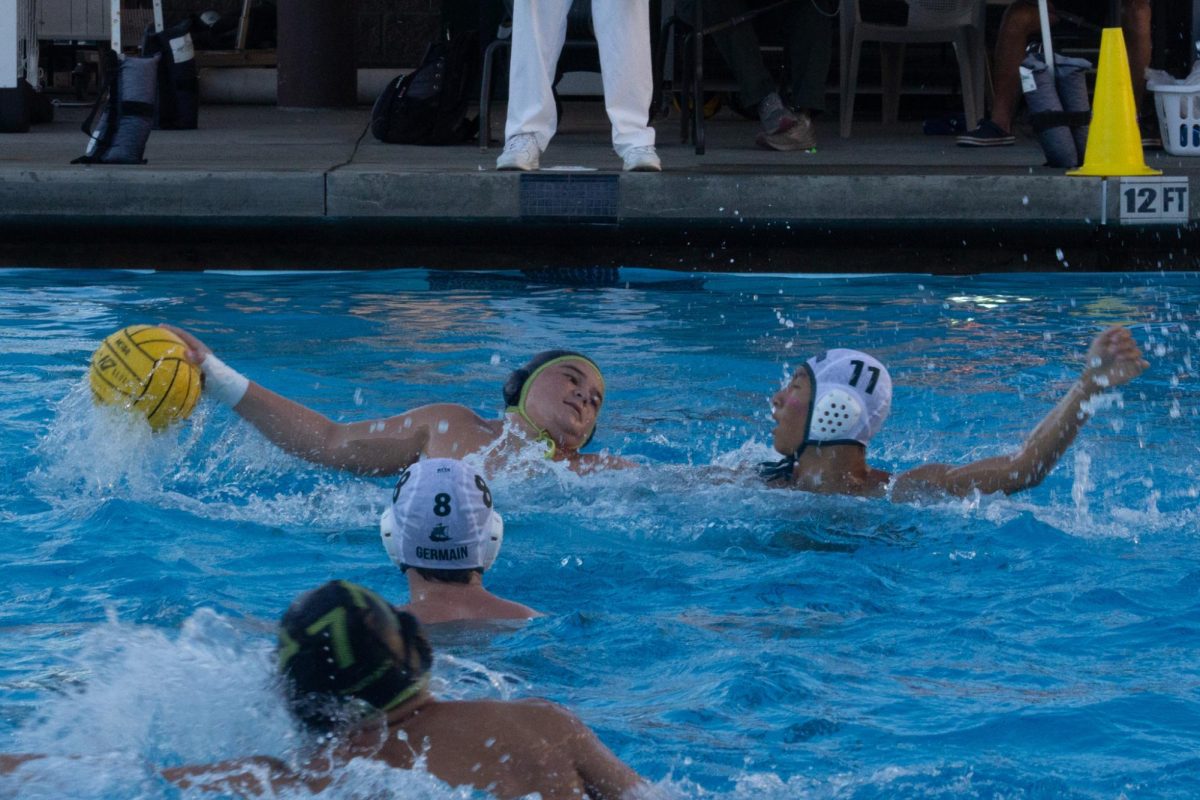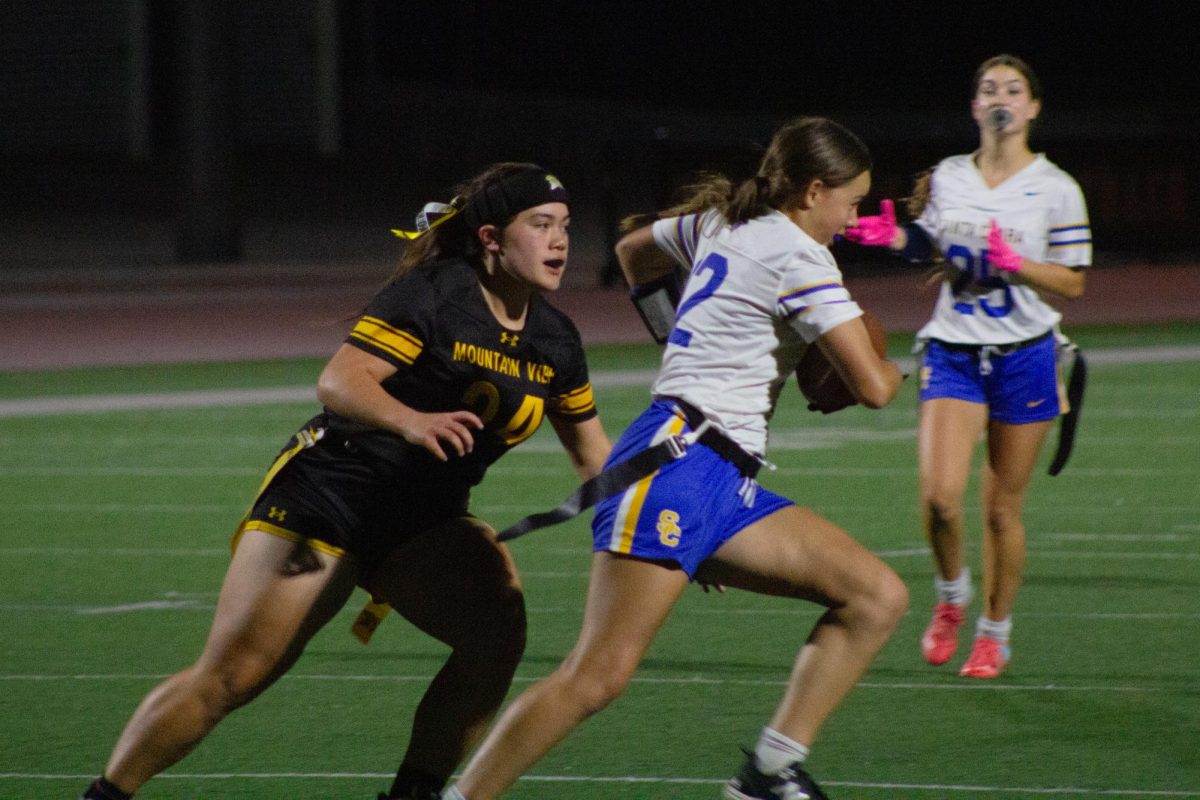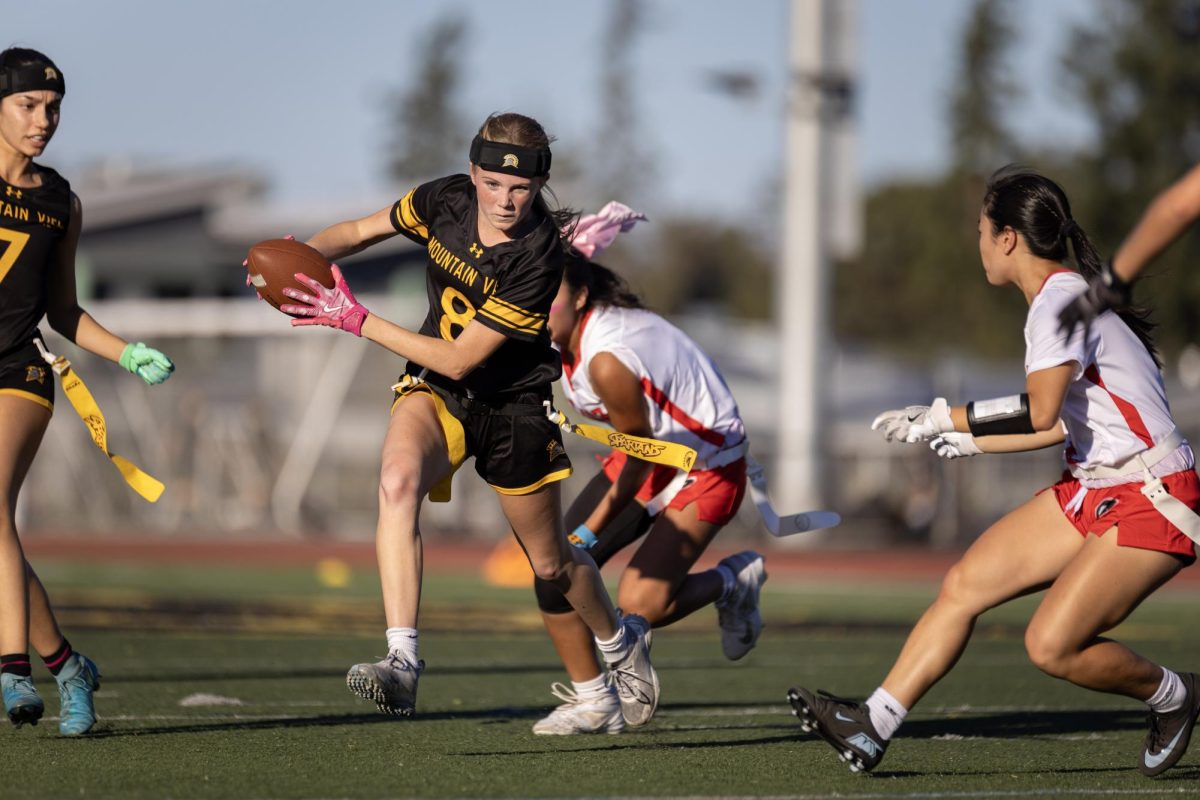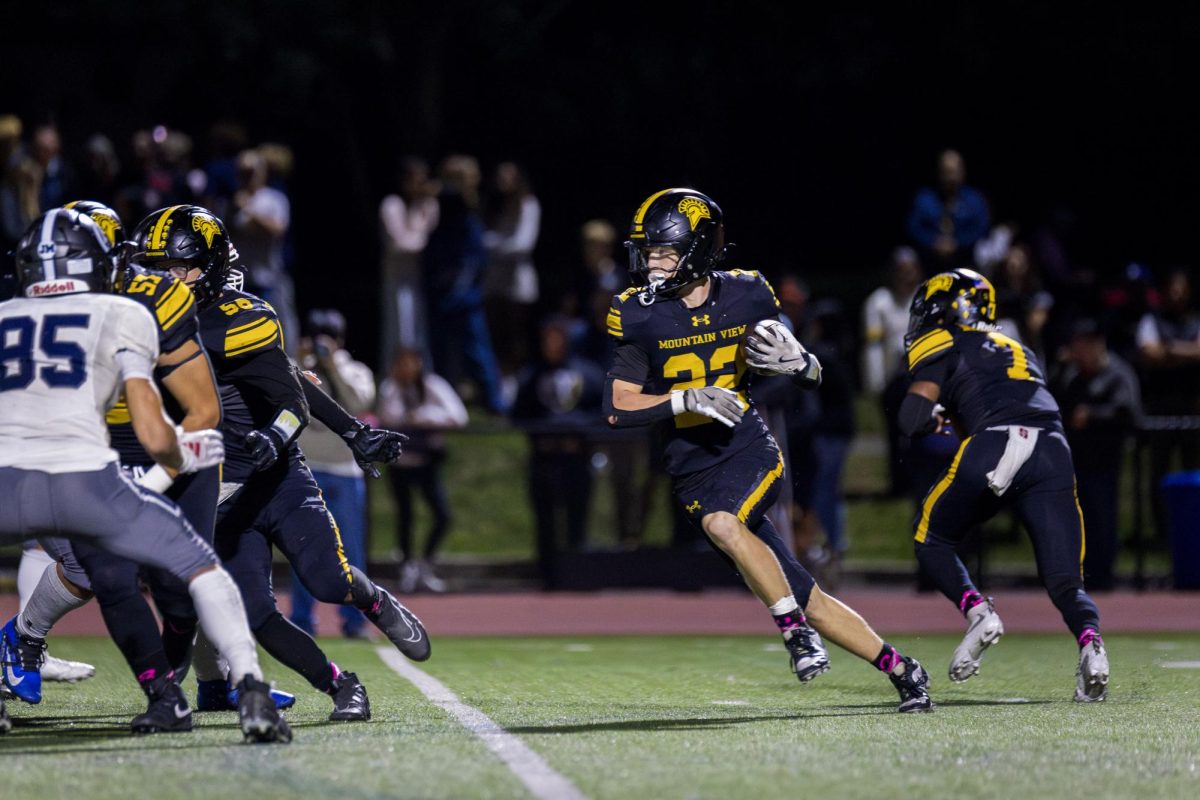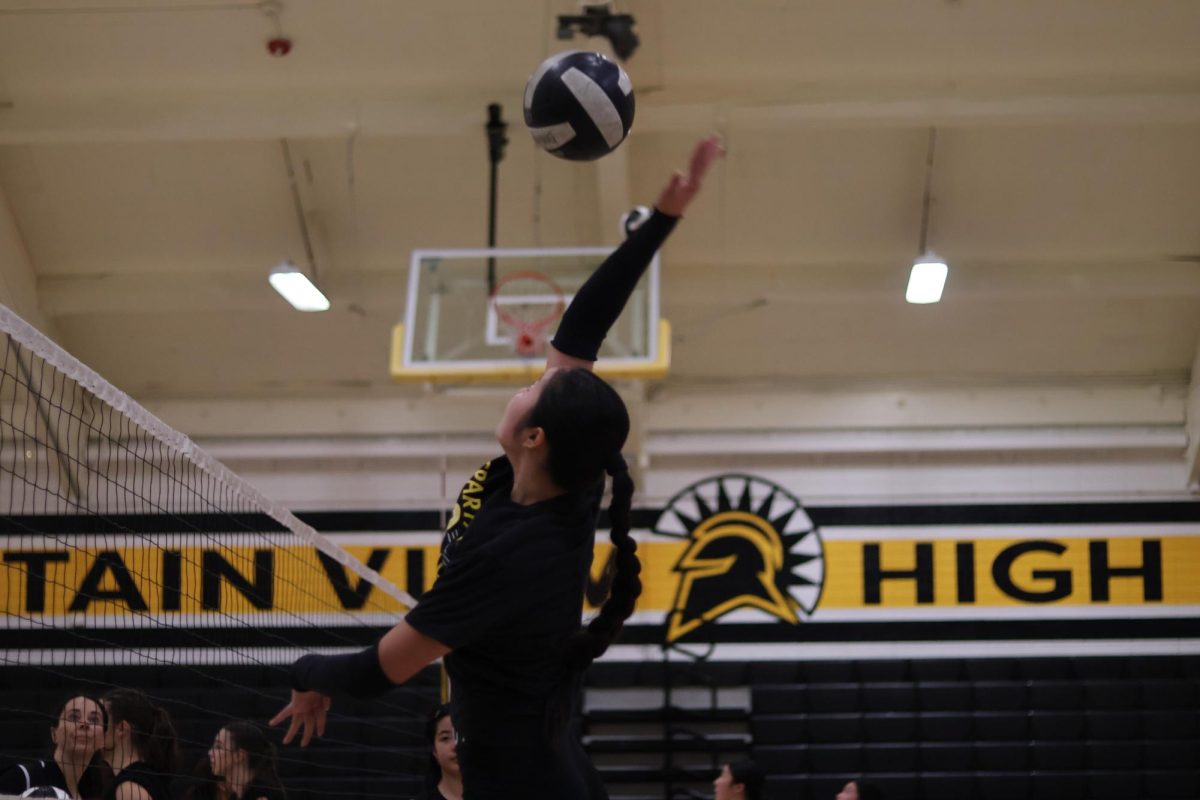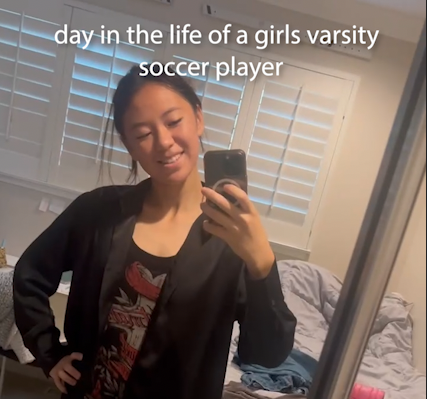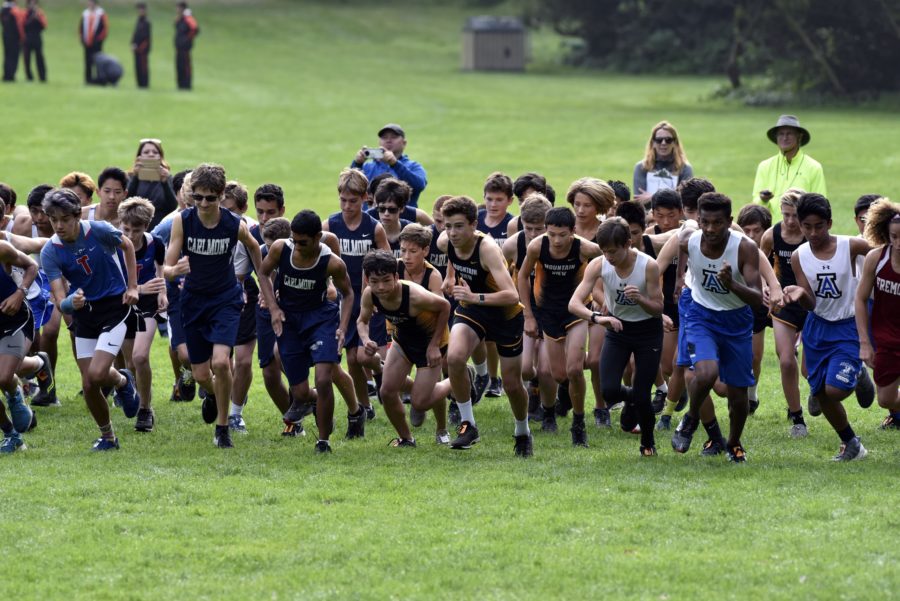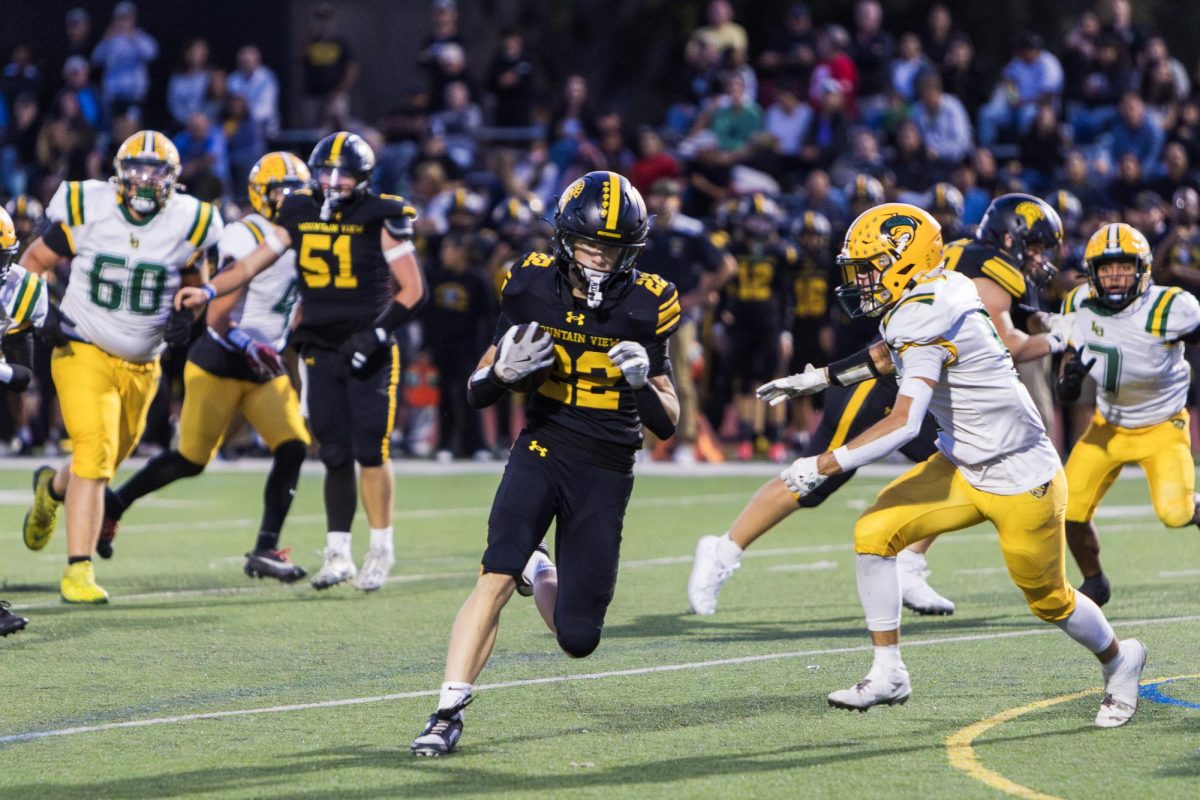For the first time in the team’s history,
The cuts were based around a
Blockhus also said he views these runners as individuals who are dedicated to improvement in their own skills and have a positive attitude.
“People are trying harder, we’re getting everyone to [training] which we weren’t able to do in past years, and overall I feel like we have a more committed team.”
Amber Fry
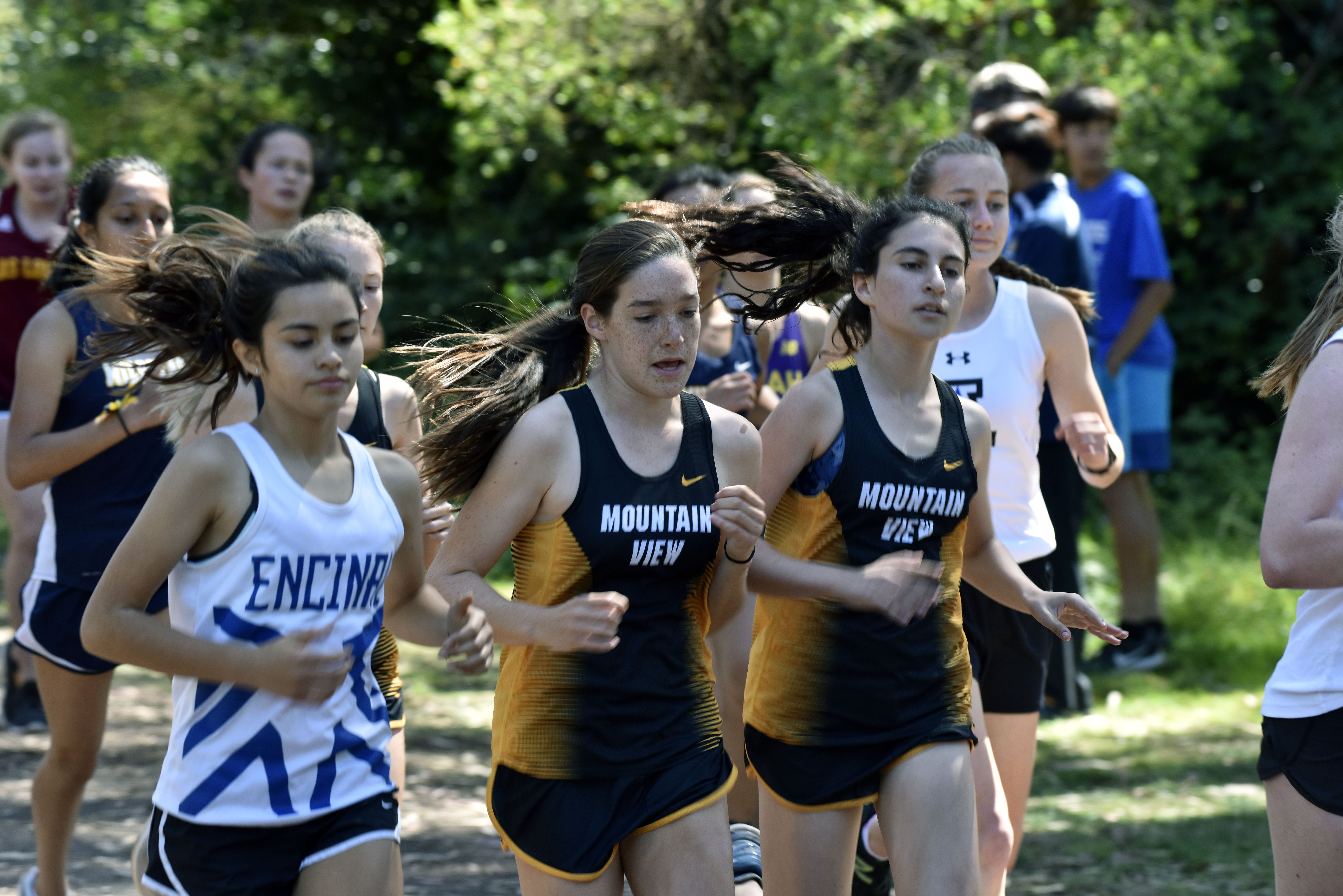
Last year, Blockhus carried a roster of over 100 athletes which made it difficult for both Blockhus and other runners on the team.
“About 30 students we were carrying were just trying to get through the program for whatever reason,” Blockhus said, “and that ended up being at the detriment of the other runners.”
Due to the fact that Blockhus had to account for every athlete on his roster, he was having to look for runners who perhaps did not show up to practice or were not on the designated course for their runs. Doing this, Blockhus said, took away from his time to focus on athletes who were serious about improving their times.
The captains and Blockhus attempted to solve problems with attendance and devotion by sending a message to their team that an athlete would be dropped from the team if they failed to meet the basic CCS rules of
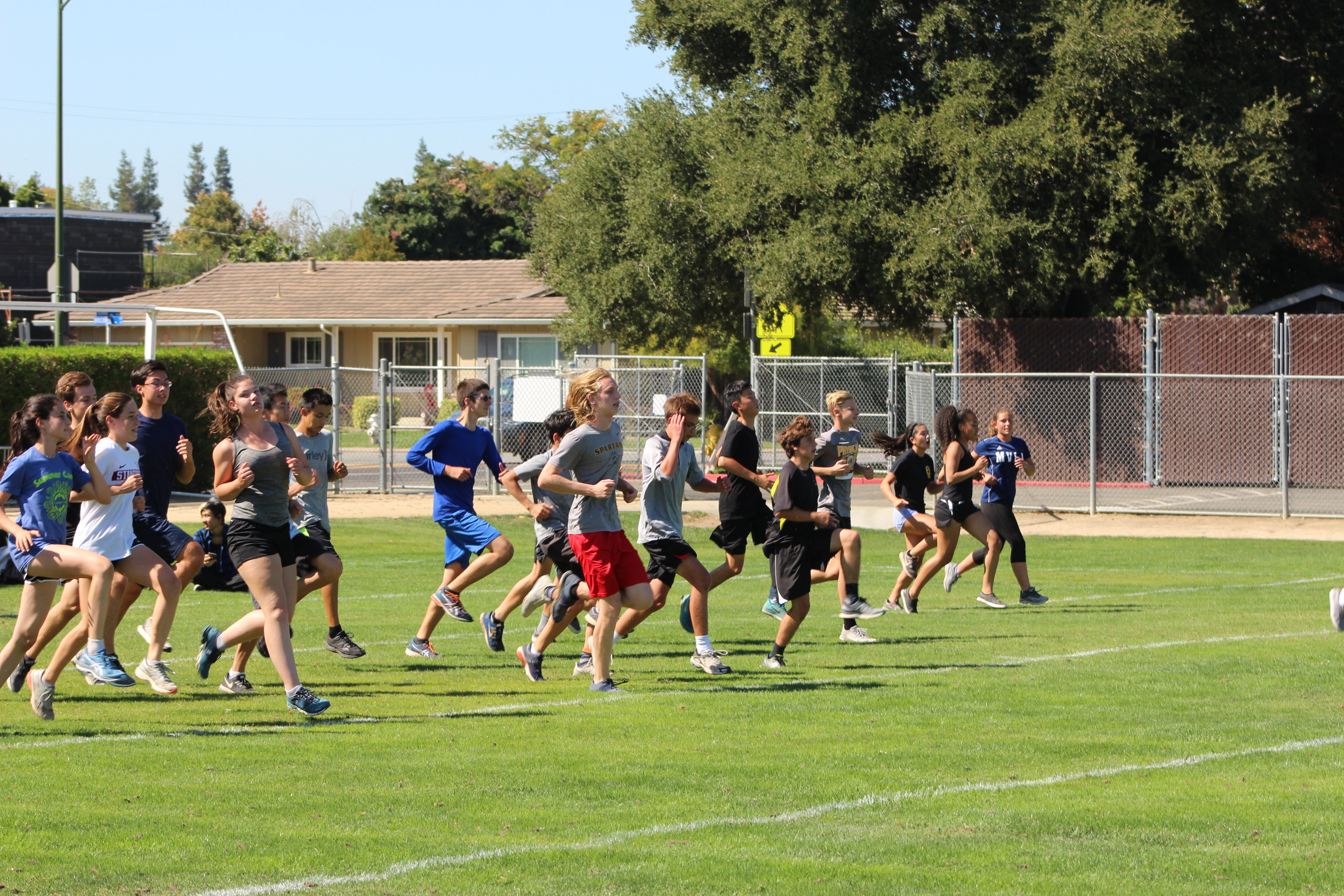
“[Per CCS rules] you had to come to three league meets and show up to practices,” senior and current captain Amber Fry said. “But people were still not following these [rules], so much to the fact that there was a need for cuts the next year.”
Blockhus also noted that the presence of cuts and the time trial resulted in fewer athletes actually trying out for the team. There were about 110 athletes registered for the cross country season, but only about 80 athletes actually showed up for the time trial.
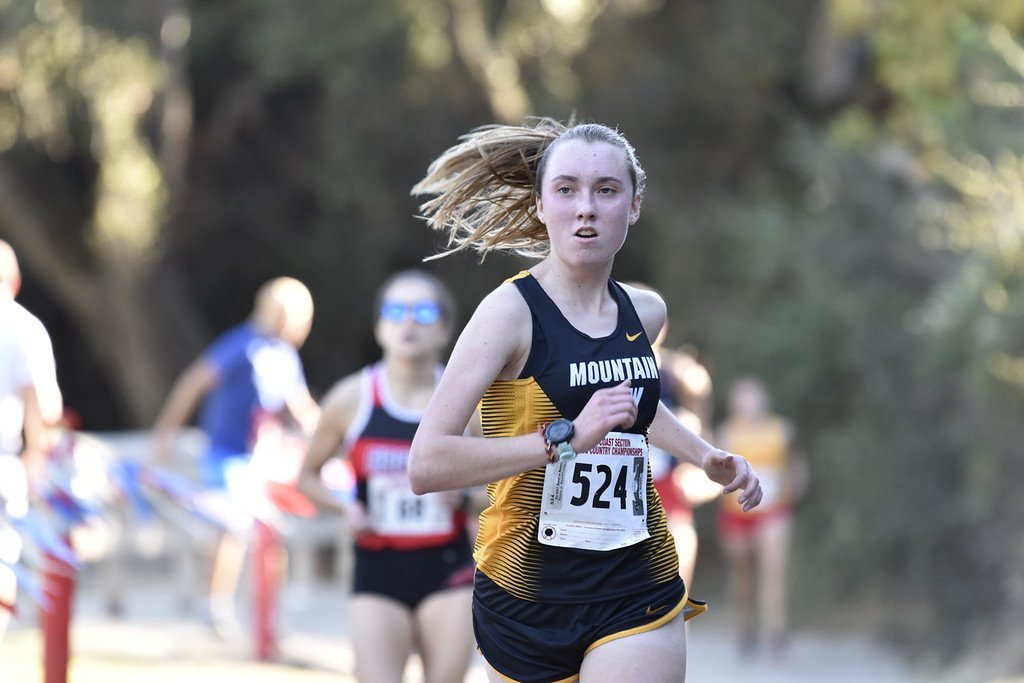
“I definitely think having the cuts makes cross-country less of a sport that’s just here for PE credits,” Fry said. “People are trying harder, we’re getting everyone to [training] which we weren’t able to do in past years, and overall I feel like we have a more committed team.”






